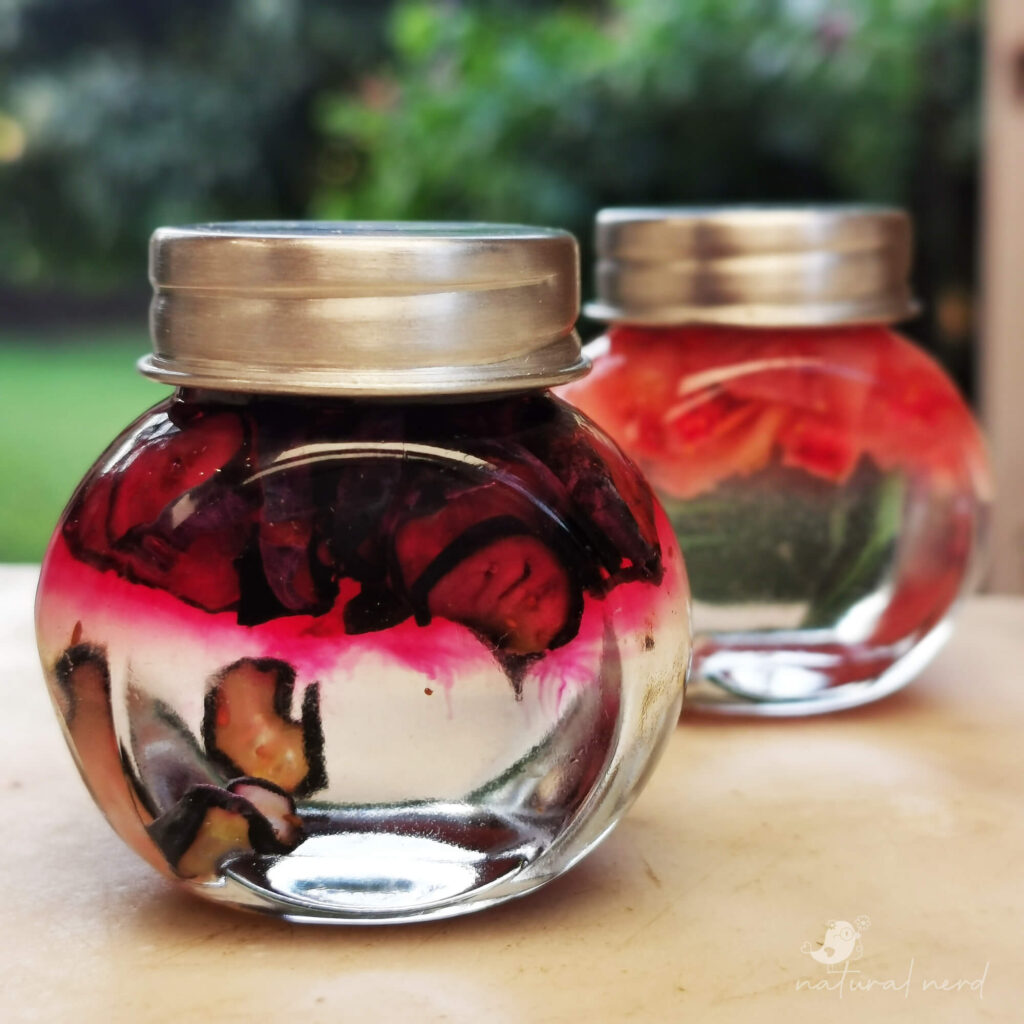
Extracts are an excellent way to add active botanical compounds, colour and fragrance to your homemade products. They are typically made by steeping plant material into different solvents. Each solvent has its own advantages and disadvantages to consider when you’re deciding which extract is best for the product that you want to make. Here are 5 types of extracts that you can make for your next DIY.
1. Infusion
Solvent: Distilled water (hot/ warm)
Method: Steep until cooled & strain.
Recommended extraction time: Infuse for 10 minutes to 2 hours.
Approximate shelf life without preservative: 24 hours when refrigerated.
Solvent concentration for self-preservation: Not applicable, water is not self-preserving.
Usage notes: Only use distilled water. Must be used immediately, or within a self-preserving product.
Example Uses:
- Herbal tea remedies
- Natural colourant & fragrance for soap
- Cosmetic products that will be used on the same day. Eg. Freshly made masks & spa treatments.
- Natural dye for fabric and paper
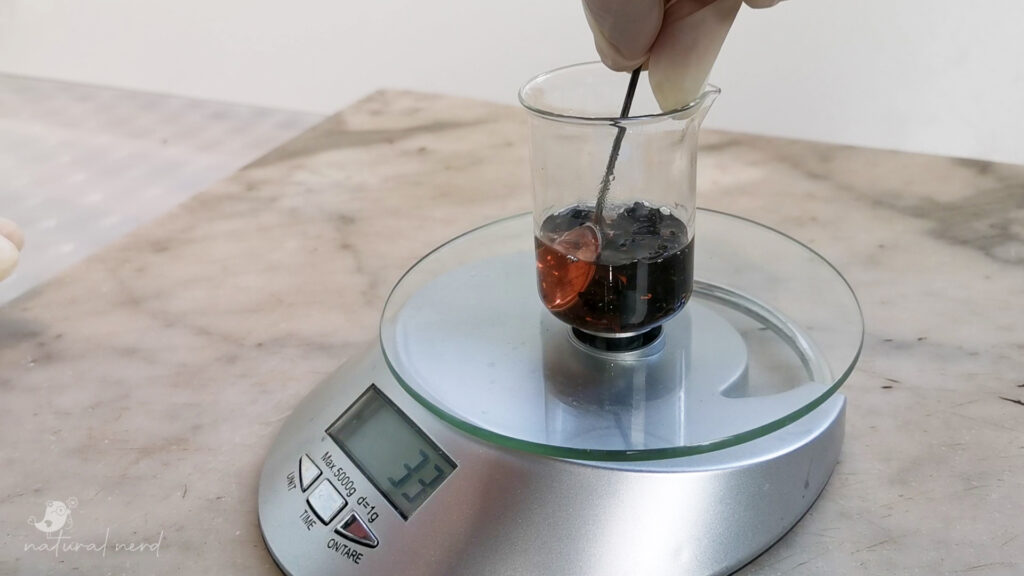
You are probably familiar with tea. Infusions are also called teas or tisanes, and they are made by steeping plants into heated water. Since the base of this extract is water, which invites microbes, you have to use the product immediately, or within a self-preserving product.
I typically use infusions to make soap, since soap is a self-preserving product. However, the infusion doesn’t impart any therapeutic properties to soap – merely natural fragrance and colour. The heat and chemical reaction in soap-making destroys any therapeutic properties.
Infusions aren’t a good choice for the water phase in beauty products like toners and lotions, merely because it poses a preservation challenge. Even if you include a preservative, it is much harder to safely preserve water that has been infused with nutritious & unsterile plant matter. You’ll be the host of a bacteria buffet party. Therefore, I use infusions immediately, in soap, or as a very small amount in a preserved system.
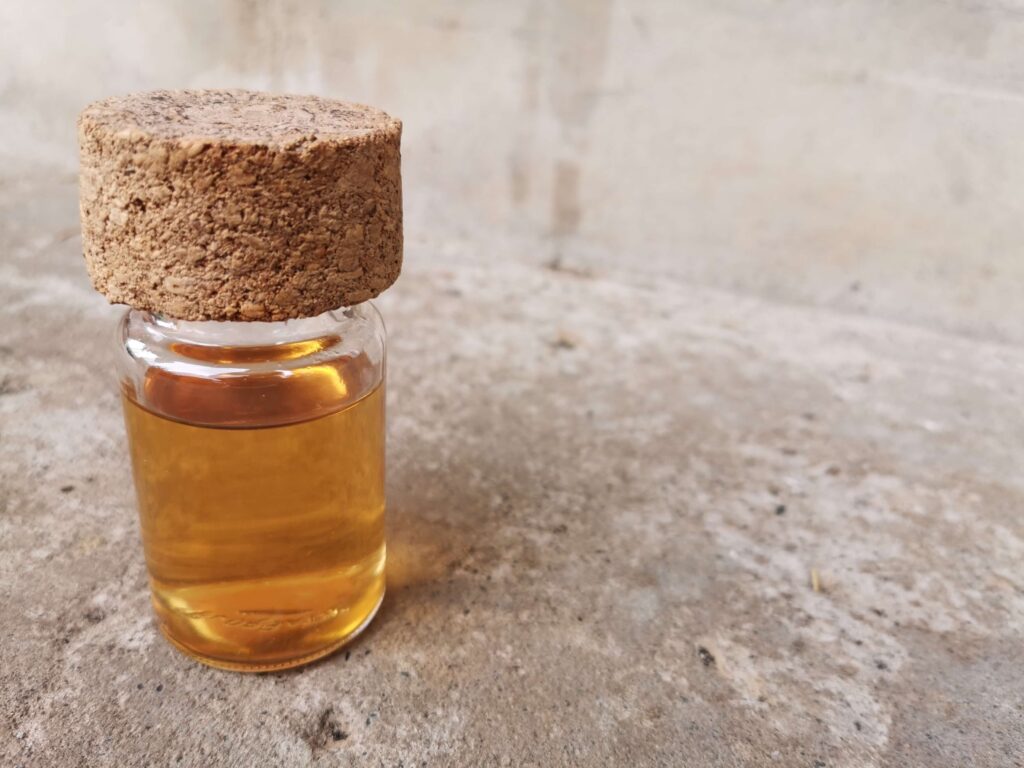
2. Tincture
Solvent: Alcohol
Method: Saturate & strain.
Recommended extraction time: Depending on the strength of alcohol used, you can infuse for 1 day to 1 month. The stronger the alcohol concentration, the quicker the extraction.
Approximate shelf life without preservative: 3 months with a final alcohol content of 40% v/v, and 3 years with an alcohol content of over 70% v/v.
Solvent concentration for self-preservation: Over 40% (after accounting for moisture content in plants).
Usage notes: Dried herbs are better for shelf-life due to their low water content.
Example Uses:
- Herbal remedies (eg. echinacea drops)
- Alcoholic beverages (eg. orange infused gin)
- Hand sanitiser base
- Mouth wash
- Disinfecting surface cleaner
- Perfume
- Room spray
- Wound cleaner
- Vanilla essence
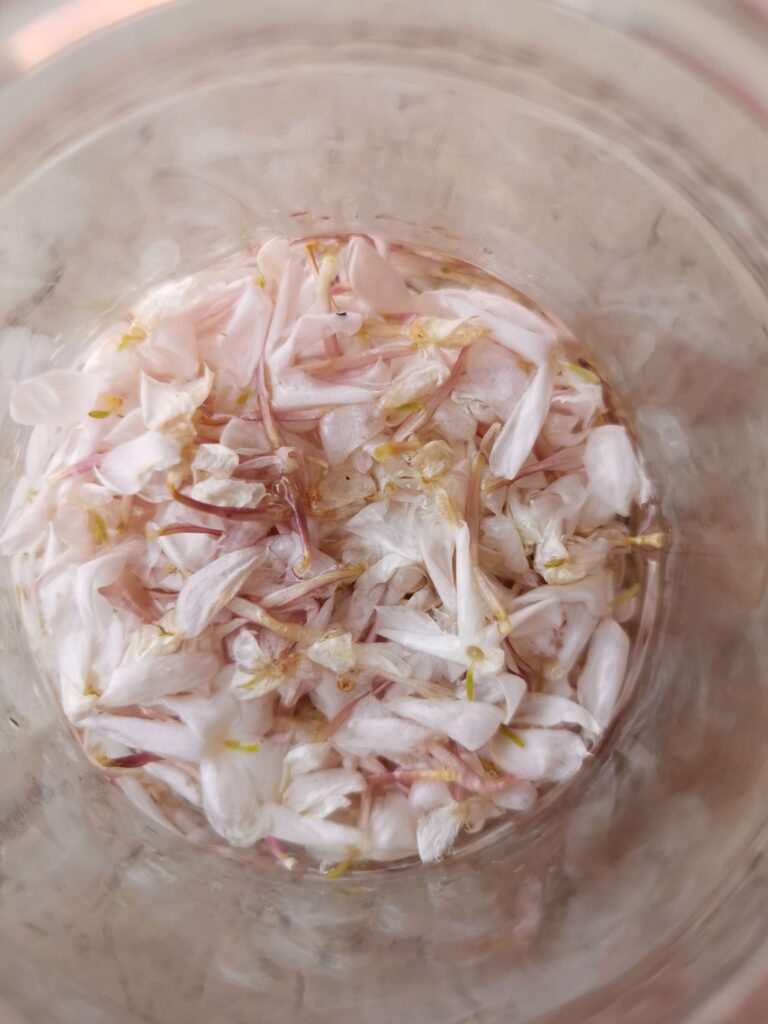
Tinctures generally have the longest shelf life compared to the other extracts discussed here. The shelf life of your tincture will largely depend on the strength of the alcohol and whether you’ve used fresh or dried botanicals. If using 40% alcohol like vodka, then only use dried herbs to avoid spoilage.
If you intend to consume the product in any way, even as a mouth wash, then for obvious reasons you must use an alcohol that is safe to consume like vodka, gin, brandy or whiskey. These usually have a 43% v/v alcohol content. Don’t use an alcohol with less than 40% v/v (eg. wine), because it will not be strong enough to preserve the plant matter. If you are using a tincture for a non-consumable product like perfume, hand sanitiser or household cleaning, then you may use isopropyl alcohol (which is unnatural and toxic when consumed), or high-proof ethanol which has been denatured (>70% v/v).
I don’t recommend using alcohol as a daily product, whether topically or internally. For example, if you use a peppermint tincture as a mouthwash, rather use it occasionally when your breath needs some freshening on-the-go (i.e. on an overnight flight, or after you’ve eaten garlic bread at a party). Diluted vinegar extracts are a safer, milder and alcohol-free alternative for regular internal use.
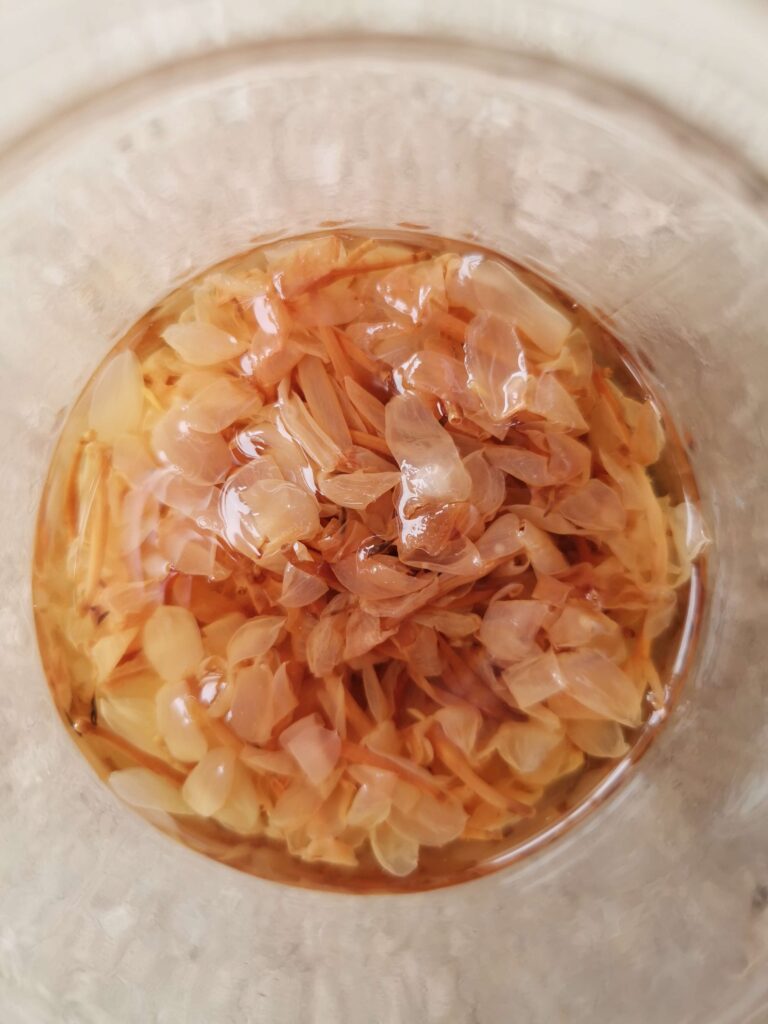
3. Maceration
Solvent: Liquid carrier oil
Method: Saturate, agitate & strain.
Recommended extraction time: Infuse for 1 week
Approximate shelf life without preservative: 6-12 months for most carrier oils.
Solvent concentration for self-preservation: Over 95% (dried herbs contain a tiny amount of water)
Usage notes: You can only use dried plants. To avoid spoilage, the plants must be submerged in oil, and no moisture must be introduced.
Example Uses:
- Natural colourant & fragrance for soap
- Herbal balms, salves & butters
- Oil phase in lotions
- Massage oils
- Salad dressing
- Flavoured cooking oil
- Herbal hair oil
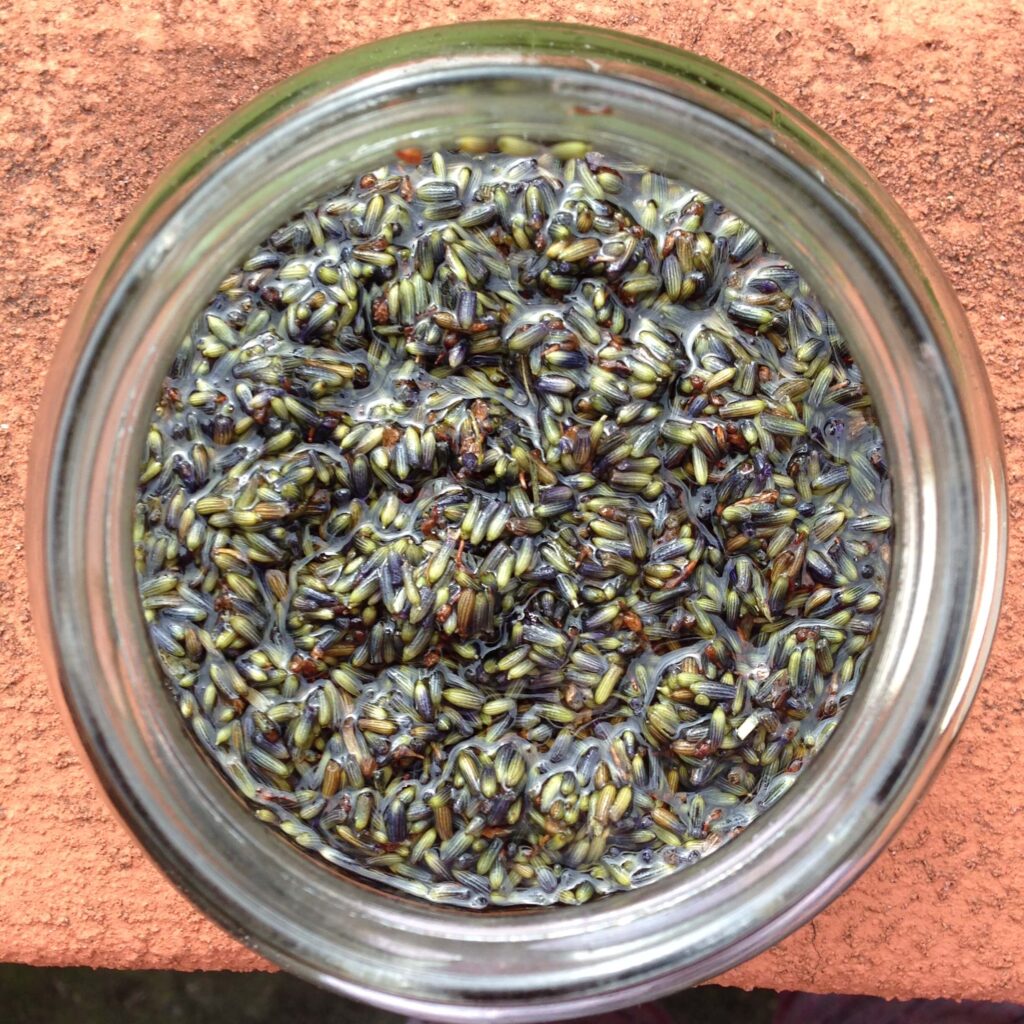
You must use dried plants, because fresh botanicals contain water which will cause microbial growth and rancidity. After submerging the dried herbs in oil, allow to infuse for about 1 week before straining. I also recommend shaking the container every other day, and/or crushing the herbs with a mortar and pestle before submerging in oil.
To achieve the maximum possible shelf life, I recommend adding 0.5% – 1% natural vitamin E oil (d-alpha tocopherol) which will slow down oxidation. Do not infuse in direct sunlight, as this will accelerate oxidation and shorten the shelf life of your extract. If you want the heat of a sunny windowsill to aid extraction, then protect your maceration by covering it with dark fabric that doesn’t allow sunlight to pass through, or use expensive UV-blocking glass jars.
The shelf life of a maceration is always shorter than the shelf life of the carrier oil itself, because some contaminants are introduced during production. For example, sunflower oil has an average shelf life of 18 months. Therefore, a maceration using sunflower oil and vitamin E will probably last around 12 months if stored properly. You also need to ensure that no moisture comes into contact with your maceration (i.e. steamy bathrooms, wet fingers etc.)
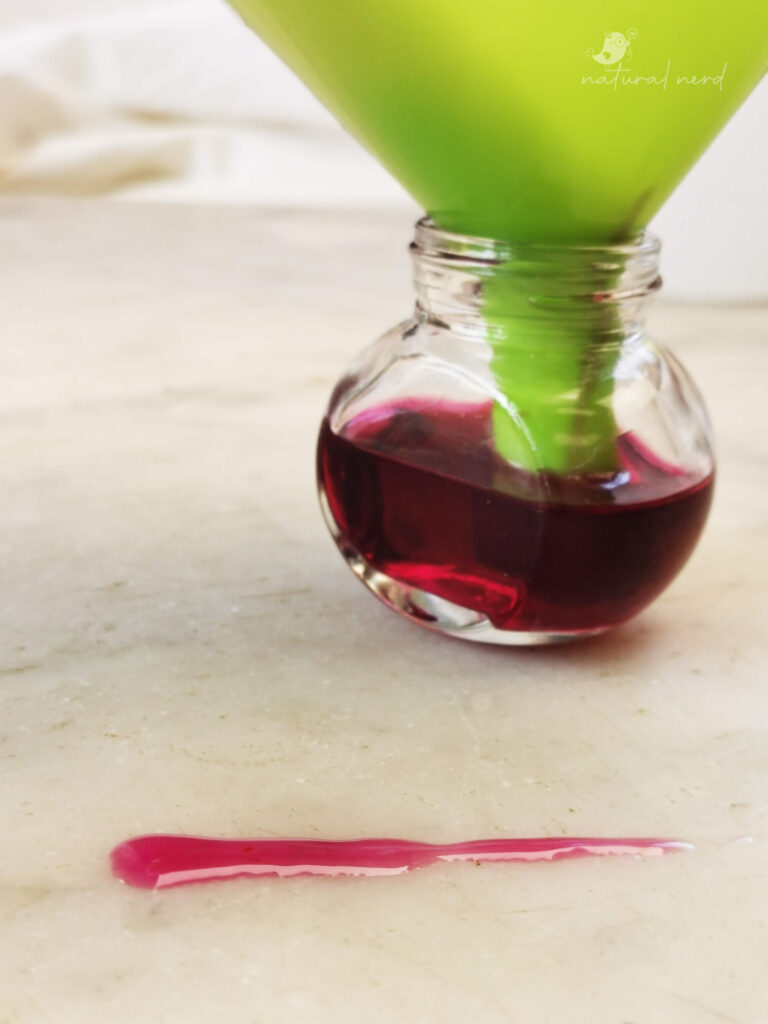
4. Glycerite
Solvent: Glycerine
Method: Infuse in the correct concentration of glycerine by weight & strain.
Recommended extraction time: Infuse for 5-7 days.
Approximate shelf life without preservative: 3 months for fresh plant glycerites, and 6 months for dried herb glycerites.
Solvent concentration for self-preservation: Minimum 70% glycerine using dried plants, and 80% glycerine for fresh plants.
Usage notes: You must use a scale. Disinfection during production is necessary. If using fresh plants, they must be clean and in prime condition.
Example Uses:
- Herbal remedies (popular alcohol-free alternative to tinctures)
- Alcohol-free mouth wash
- Alcohol-free fragrances for cosmetics
- Active botanical extracts in creams & lotions
- Natural food / cosmetic colourants
- Hydrating ingredient in toners, face & body mists
- Hydrating ingredient in hair spray
- Milder alternative to essential oils (especially for sensitive skin)
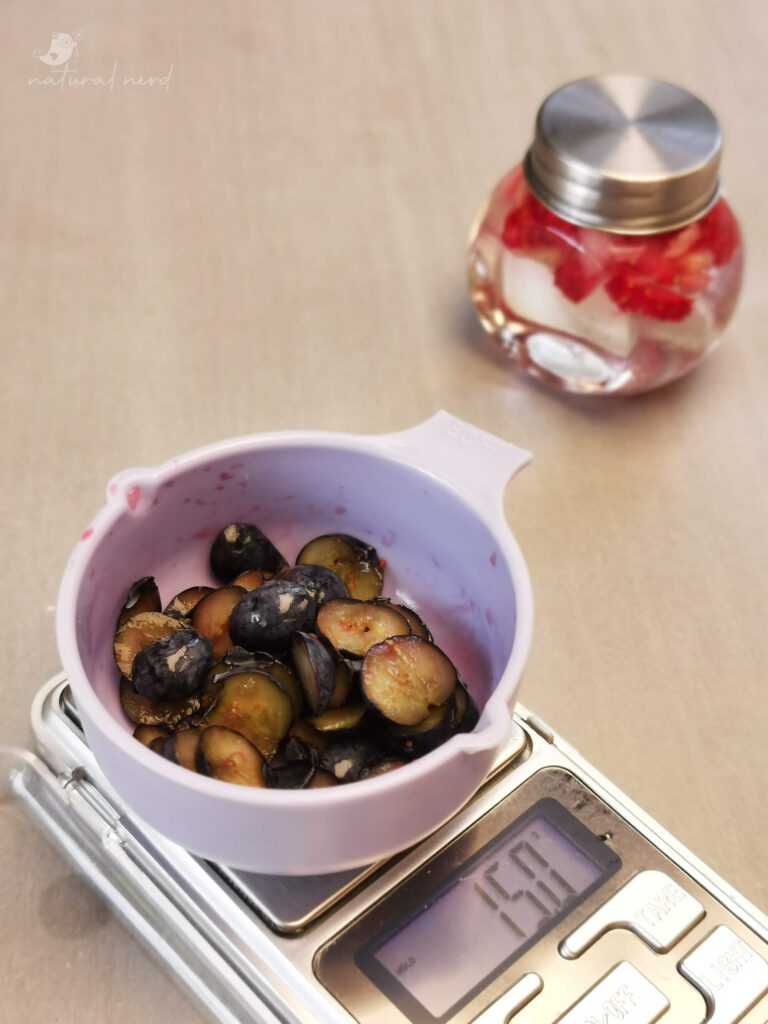
You can use fresh or dried plants to make a glycerite, which is also known as a hydroglycerin extract. However, if you want a self-preserving extract, then the minimum concentration of glycerine required is different for each. If you use dried herbs, you can get away with using up to 30% plant matter (by weight). Whereas, if you use fresh plant matter you can only use up to 20% plant matter due to the high water content of fresh plants.
You will notice that most plants will float on top of the glycerine at first, and they will start to sink down as the extraction process gets going. This is normal. Just make sure that you give the mixture a good stir (with a disinfected spoon) to coat everything in glycerine before it floats.
Glycerites can last up to one year if you include a preservative. Although sanitation is always important when making any type of extract (or anything else), it is absolutely essential with glycerites. You must disinfect your work space, equipment and containers when making glycerites. Remember to use food grade or pharmaceutical grade glycerine if you intend to consume it as a herbal remedy.
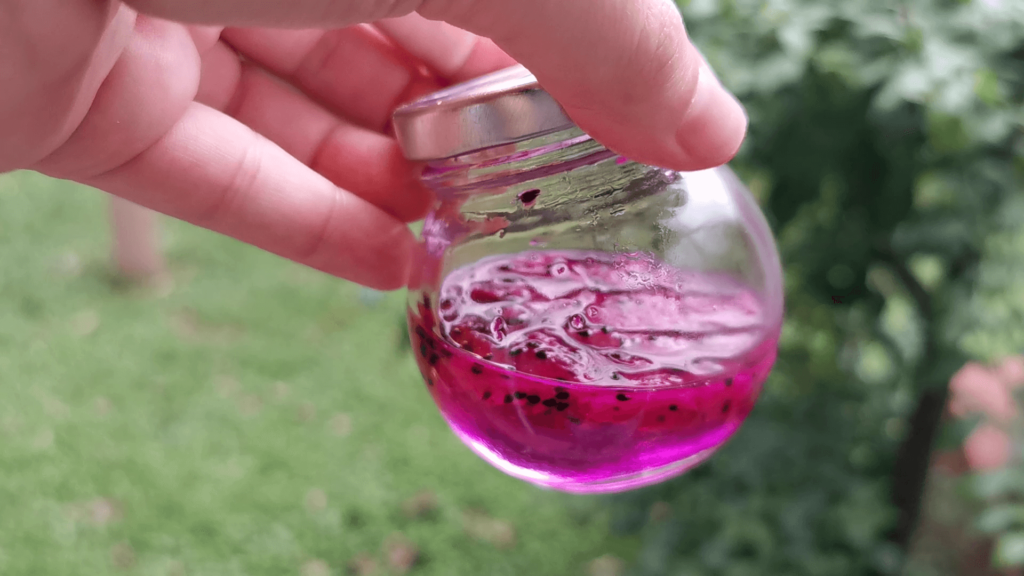
5. Acetum
Solvent: Vinegar
Method: Saturate, agitate and strain.
Recommended extraction time: Infuse for 1 week.
Approximate shelf life without preservative: 3 months once opened & stored in the refridegrator, 1 year unopened.
Solvent concentration for self-preservation: Minimum 75% vinegar that contains min. 5% acetic acid.
Usage notes: Disinfect your containers & equipment.
Example Uses:
- Herbal remedies (alcohol-free alternative)
- Surface cleaner
- Glass / window cleaner
- Toilet cleaner
- Salad dressing
- Diluted acetum used as part of a preserved toner (eg. ACV toner)
- Hair rinse
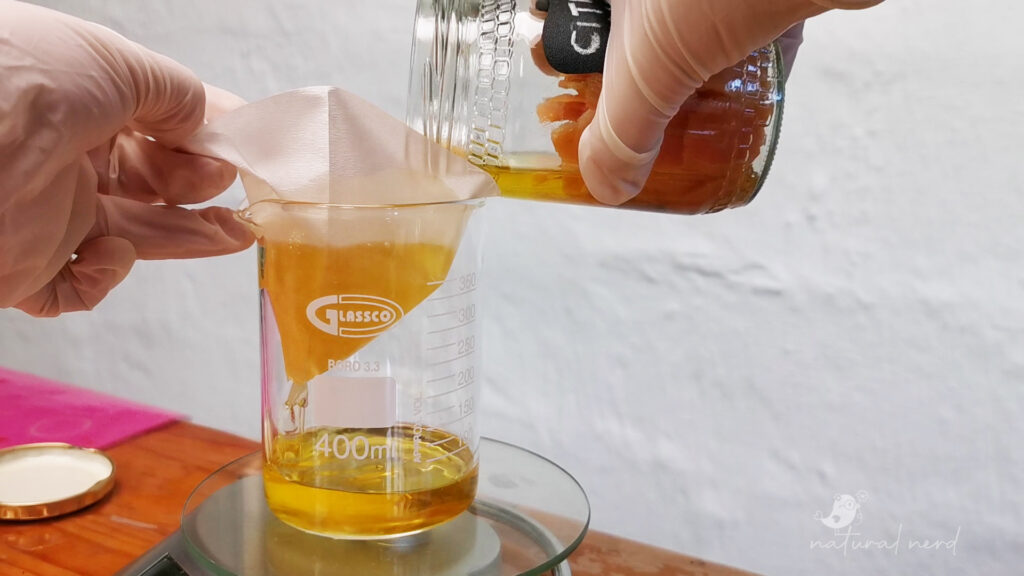
The strong acidity of a vinegar extract is what makes it self-preserving, therefore you must ensure that the vinegar you use contains at least 5% acetic acid. You also want to make sure that the majority of your extract is vinegar, so that it isn’t diluted too much. The general rule of thumb is 2 parts vinegar to 1 part plant. This is also the guideline followed in pickling and canning foods.
Distilled grain vinegar (i.e. spirit vinegar) lasts longer than both fruit vinegar and raw vinegar with the ‘mother’. Just like pickling, sanitation is key. Disinfect your containers and equipment for the best shelf life and use cleaned, prime fresh produce, or dried herbs.
One downside of vinegar extracts is the strong smell, so don’t expect to enjoy much of the fragrance of your herbs. It is difficult to mask the fragrance of vinegar, especially apple cider vinegar which smells like socks! I prefer to use distilled spirit vinegar for most things, and diluted apple cider vinegar for a hair rinse or toner.
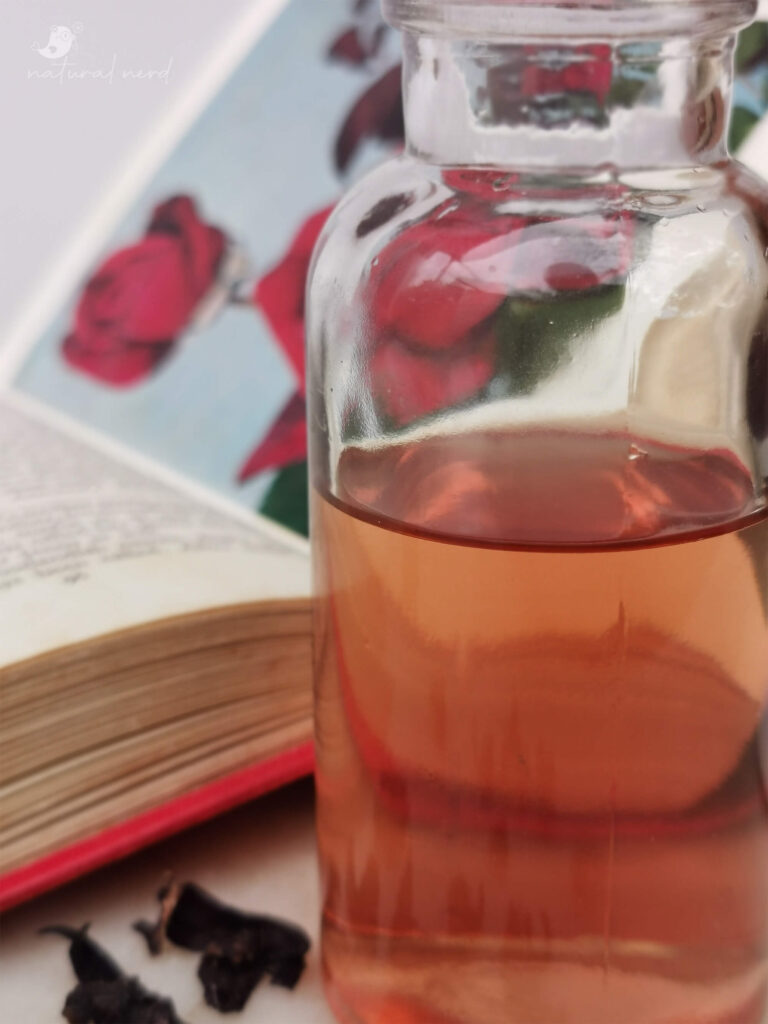
(View Recipe)
common extracts that aren’t homemade
Hydrosols and essential oils are also types of plant extracts that are common in natural DIYs. Although it’s certainly possible to make these at home, the start-up costs for distillation equipment is quite steep. A hydrosol is basically a flavoured version of distilled water. It is the water distillate, whereas essential oils are the oil distillate of the distillation process.
When an essential oil is made, the plant matter is distilled. The end product is the essential oil which floats on top of the distilled water that evaporated during the process. Some of the plant’s volatile compounds evaporate with this distilled water, and so a hydrosol contains some of the plant compounds and a tiny amount of its essential oil.
Hydrosols are the milder, water-soluble versions of their essential oils. Hydrosols make an excellent and fragrant substitution for distilled water in homemade products. Don’t consume hydrosols though, because they usually contain a preservative that is not meant for consumption. Rather buy a rose water or flower water that is clearly labelled for culinary use.
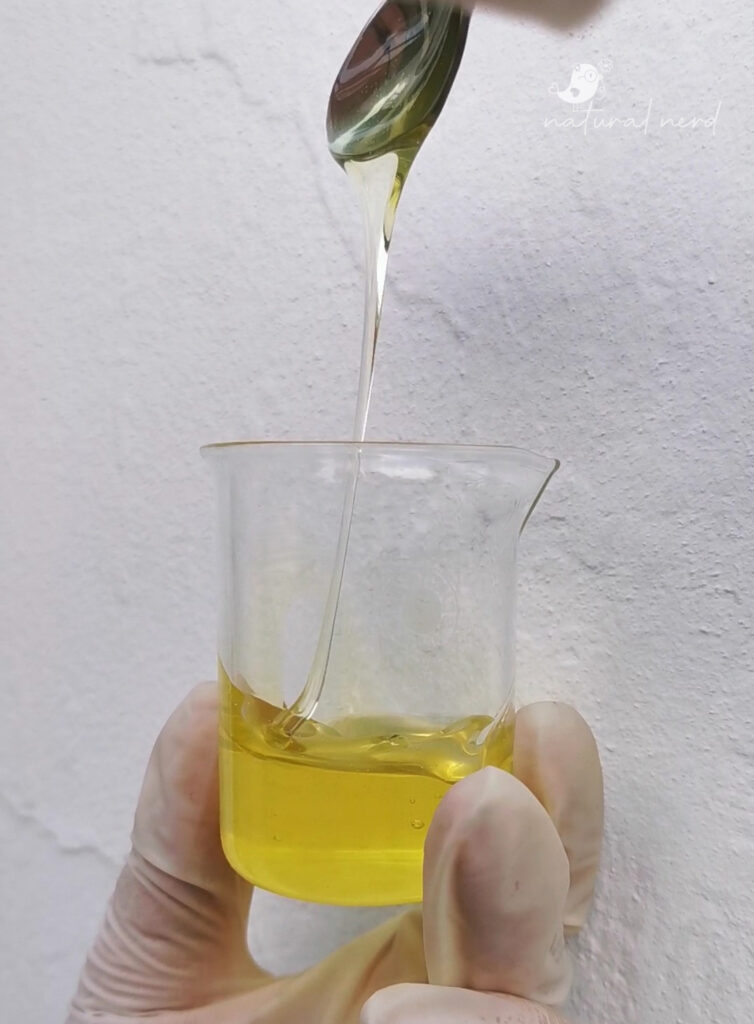
The importance of solubility
Two important considerations when deciding which type of extract to make is shelf life and solubility. Each solvent can extract different plant compounds depending on the compound’s solubility. For example, caffeine is water-soluble, so it’s pointless to make a maceration with sunflower oil and coffee grounds for your eye cream. An infusion, tincture or glycerite is better at extracting caffeine because these solvents contain water. Likewise, a jasmine tincture smells nothing like its glycerite. So if you’re after the fresh floral fragrance, then only the jasmine glycerite will deliver.
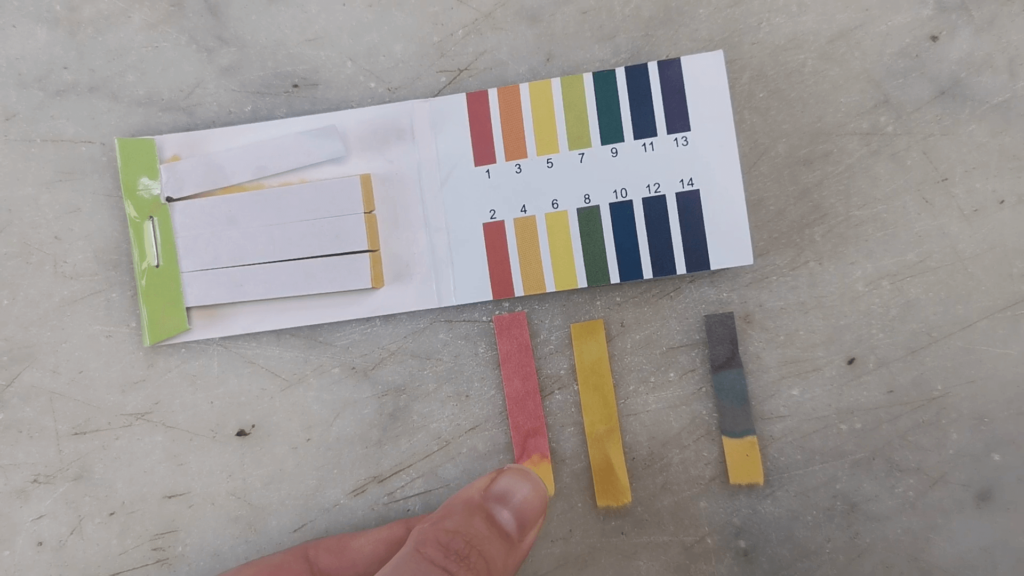
The importance of pH and temperature
If you want to extract a specific plant compound for your product, then solubility is not enough. You must also research which solvent, pH and temperature is required to get the job done. For example, anythocyanins are antioxidants that are water-soluble, destroyed by heat and only stable in an acidic pH environment. Vitamin C is also destroyed by heat. So if you make hot hibiscus tea, say goodbye to these antioxidants and vitamins, but at least it’s pretty pink. Well, unless you add bicarb and it’ll turn blue. Ha! My point is, that when you get your Google on, your extracts will be more effective.
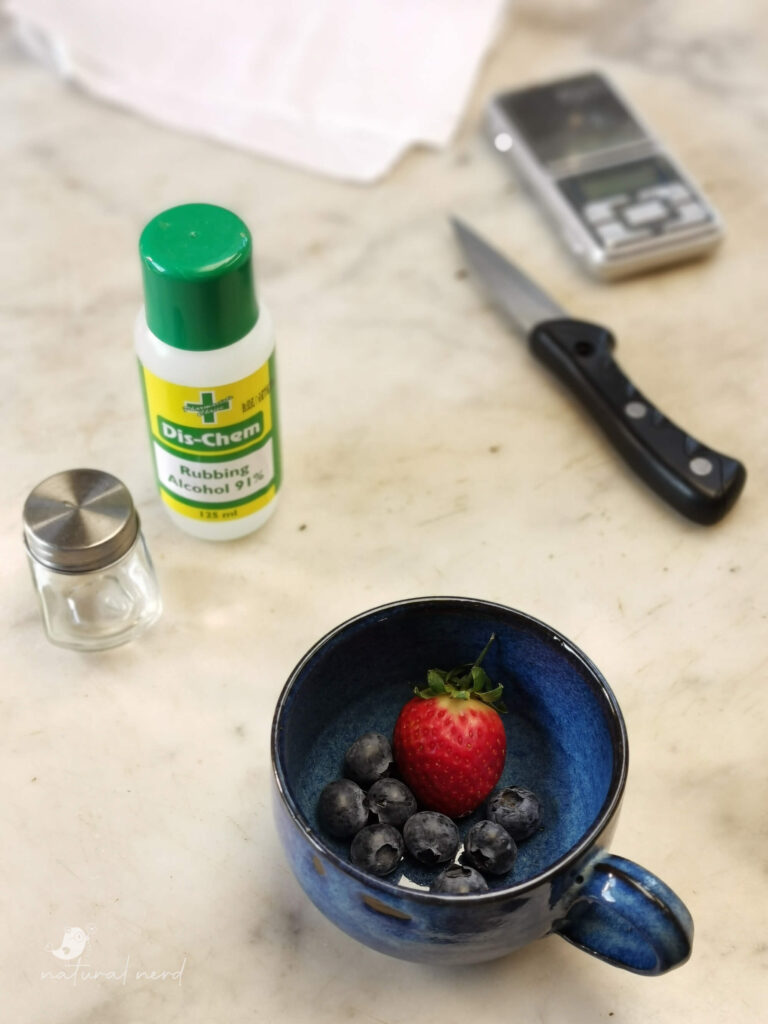
safety considerations
1. Prevent Contamination
When you make anything at home, you should get into the habit of working clean. This will keep you and your products safe from dangerous microbes. Even a preservative cannot “un-contaminate” an already contaminated product, it only hinders further contamination.
Disinfect your working surface, equipment and containers with bleach or high-proof alcohol. Wear gloves, because even washed hands have bacteria. Use cleaned and pristine fresh produce. Measure everything in weight so that your concentrations are accurate. The estimated shelf lives stated above assume that you’ve followed all of these best practices.
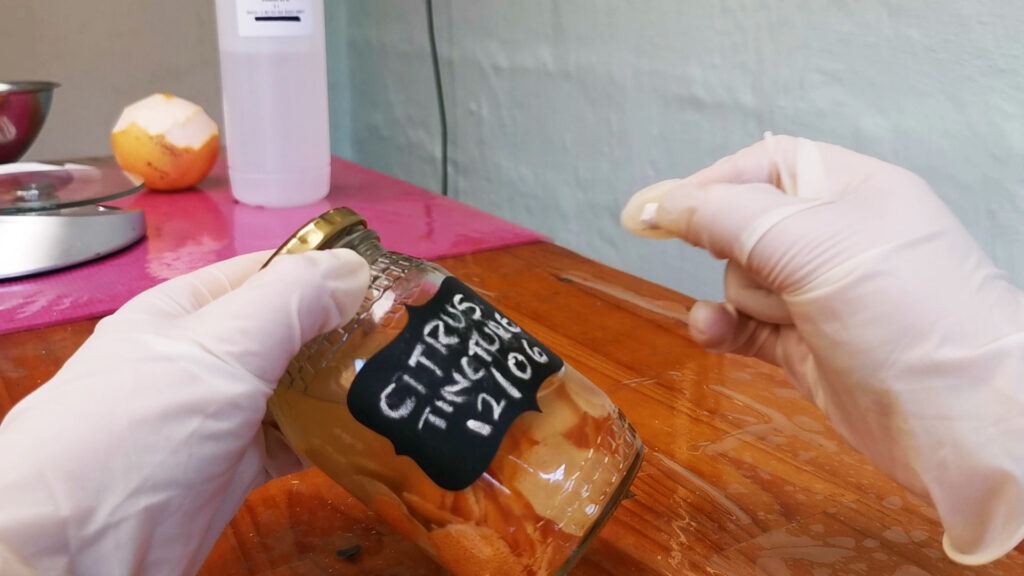
2. Label Your Extracts
Remember to label your extracts with important details like the name, date of manufacture, packed date, solvent used and the concentration. For example:
10% Fresh Blueberry Glycerite
Manufactured: 10 October 2022
Packed: 17 October 2022
Vegetable Glycerine BP Grade
No Preservative
3. Know Your Ingredients
Please use plants that are safe. Many plants in your garden are poisonous even though they smell lovely, or have a beautiful colour that you want to extract. Stick to plants that you know you can eat, or rather buy herbs that are sold for consumption like herbal teas.
Buy ready-made extracts
Of course, you can also buy ready-made extracts. eOil is an online store in South Africa that sells these extracts, as well as dried herbs. I’ve linked to these below:
Which extracts have you made, and what did you use them for? Let me know in the comments below.